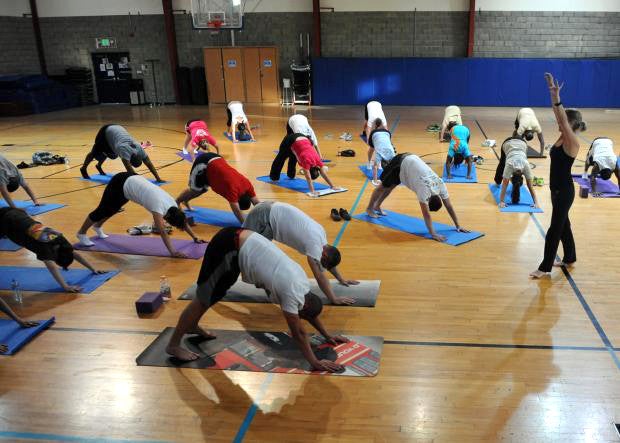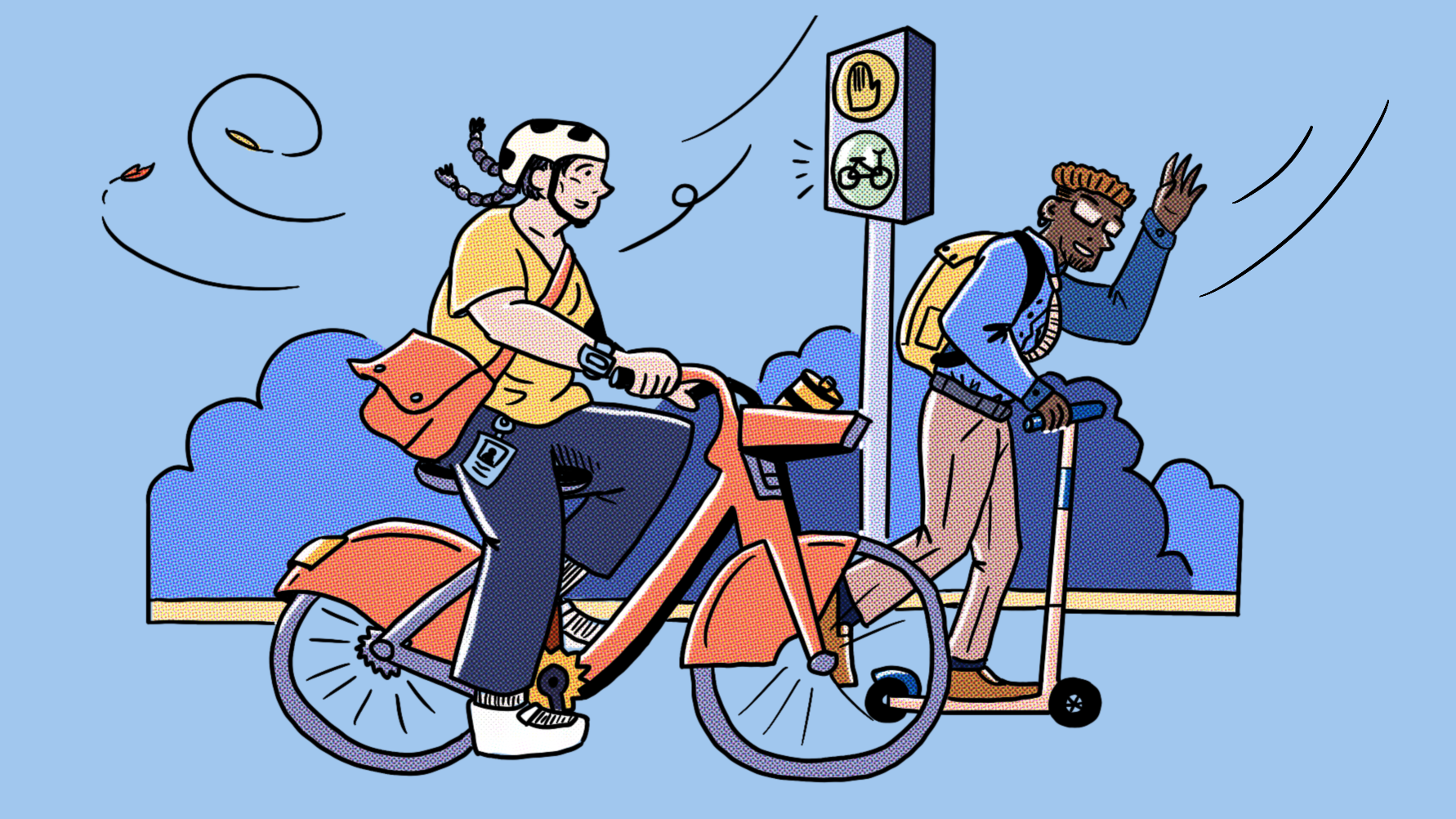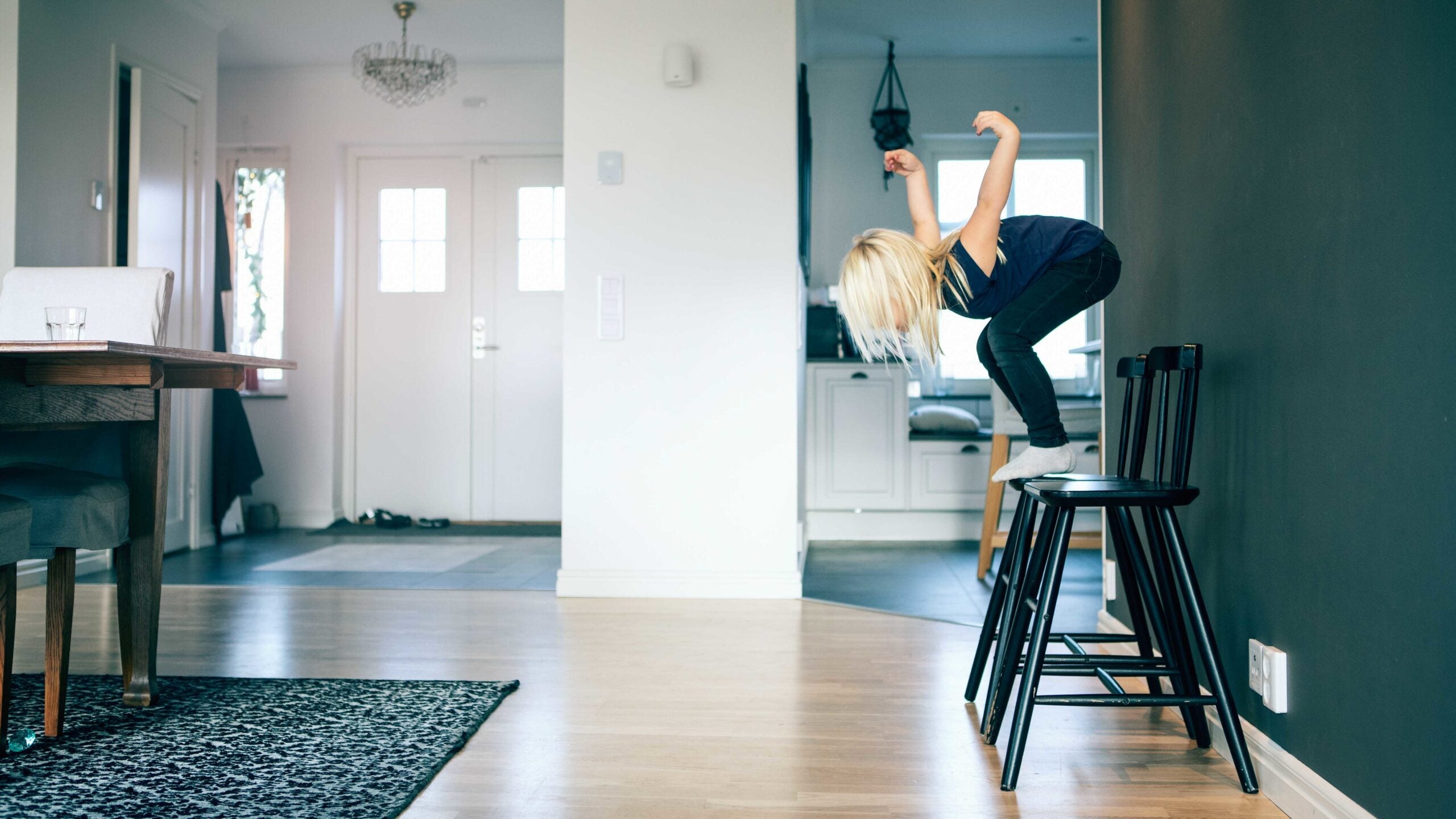Dear Doc: Please help me. Several months ago, I was lifting about 40 pounds, a bag of salt for my water softener. I did it right — bent my legs, kept my back straight. I do this all the time. But the backache I got was a terrific one.
Now, look, I’m a fit 50. I have a desk job, but I work out three times a week, most of the time thinking of myself as a fit 20-something until I look in the mirror.
This lightning-strike pain put me in my place. When I heard a pop in my leg, it sounded like thunder. That’s when I knew I was in trouble. Why me? — Strong and Fit in Milwaukee
Stay informed on the latest news
Sign up for WPR’s email newsletter.
Dear Strong: Back pain is frustrating. Very frustrating. I know because I’ve had my share. Even when I do everything right — bang! — it’s there. Sometimes, I wonder if there’s a voodoo doll of me out there somewhere, with someone sticking it to cause my pain.
I have my own prescription for what to do that might help you, too. But before that, let me explain one thing about back pain: We don’t understand it in half the patients who get it. That’s why there are so many treatments and practitioners aiming to help people nix their pain.
There is no one way to take care of back pain. If my advice doesn’t work, try someone else’s. Believe me, it’s not as clear-cut as treating strep throat.
First off, let’s discuss back exercises. There are lots of them. The mainstays in medicine are William’s Exercises. Google it — you’ll find some good information. Or better yet, go to “YouTube U” (that’s what my son, Zak, calls YouTube) and see these exercises demonstrated in video form.
Others say the McKenzie Method is better — these exercises do the reverse of William’s Exercises (extension vs. flexion). Try both to see what works for you.
Next, consider yoga or pilates. Both move the body in slow and active movements that can stretch, warm up and relax those muscles’ ligaments in a way that can be quite soothing. What’s important here is to stop if any exercise is just too much for you to do.
Listen to the instructor, if you’re taking a class, but also use your head. Some instructors are more supple and agile than you are, so they’ll get into positions you simply can’t. Let pain and pleasure be your guide.
Next, perhaps try an anti-inflammatory. They are the mainstay of pain control. I like generic Aleve (naproxen) because it’s a twice-a-day tablet. If one 220-milligram tablet twice daily doesn’t work, take two twice daily. Yes, it’s more than it says on the bottle, but we doctors often give 500 milligrams twice daily.
Acupuncture can be a non-drug way of managing the pain and reducing the inflammation. It’s something to consider.
Chiropractic is a life-saver for many, especially for acute pain. I am not a believer of prophylactic chiropractic because I haven’t seen any reliable studies in good journals to prove this preventive method works. There are studies out there, yes, but they are few and far between and none settle this question.
On the other hand, chiropractic in acute care can be very useful. Find a chiropractor you like and go there for a few visits. Sometimes one will do it, other times you’ll need half a dozen.
Now, look down at your shoes. Do they have a good sole, bouncy with the right type of insole? There is no one brand that works for everyone. Go to a store where you can get fitted with a shoe that’s good for your back. A good fit is worth the price.
And last but not least, look at your work space. For many of us, the work area is a desk in front of a screen. Sitting on a chair too low or too high with a screen too low or too high and with arms too low or too high can cause back problems. Standing desks, though still rare, have become more common.
I recently reviewed an article from the British Medical Journal looking at a treadmill desk — one where you walk and type at the same time. They estimated that the energy expended by people at walking desks was enough to produce a weight loss of 25 to 50 pounds in a year.
I rather doubt if anyone would really lose that much, but on the other hand, it would be more exercise — and that might be worthwhile. Imagine instead of sitting at your desk and gaining weight, you could walk at your desk and lose weight.
And for those of you with back problems, that walking just might provide the muscle tone you need to keep your back in good shape. Stay well.
Wisconsin Public Radio, © Copyright 2024, Board of Regents of the University of Wisconsin System and Wisconsin Educational Communications Board.




